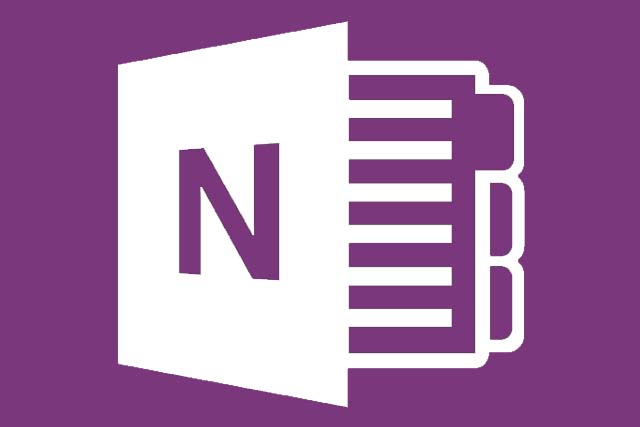Creating and sharing notes – including text, sketches, screen clips, even audio files – has never been so easy.
Microsoft OneNote lets you gather free-form information together then share it with other OneNote users.
OneNote features a virtually unbounded document window, in which users can click anywhere on the canvas to create a new text box at that location.
A very useful feature is that you don’t need to explicitly save your work, because OneNote will save data automatically.
OneNote saves information in pages organised into sections within notebooks. The user interface resembles a tabbed ring binder, into which you can directly make notes and gather material from other applications. OneNote notebooks collect, organise, and share materials.
Because material is possible not aimed for publication, pages can be large, bitmap images can be inserted without loss of quality, and there is no specified page layout or structure.
You can move pages around within the binder, annotate them, or add embedded multimedia and hyperlinks.
OneNote has powerful search facilities: it can search images for embedded text-content. It also searches “electronic ink” annotations as text, and phonetically searches audio recordings on a text key. It can replay audio concurrently with notes taken during the recording.
It’s a shared resource, so OneNote is multi-user and allows for offline paragraph-level editing with later synchronisation and merging. This means multiple people can collaborate with they’re offline; and more than one person can work on the same page at the same time, using OneNote as a shared whiteboard environment.
OneNote is available as part of the Microsoft Office suite, as a standalone app on iOS or Android, or as part of OneDrive and Office Online. OneNote supports simultaneous editing of shared OneNote documents by multiple users when the document is stored in a shared folder, OneDrive, or Dropbox.

